When I first started working in the fulldome environment, one of my biggest frustrations in the dome was the inevitable washing out of images. At IAIA, our 24′ digital dome currently has 6 – PLUS U7 projectors. Each of these projectors has 3500 ANSI with a contract ratio of 2000:1. Add this low contrast ratio to the photon splash that occurs in a spherical theater and images that look gorgeous on a monitor become lifeless on the dome. High Dynamic Range (HDR) techniques solve the problem.
The average human eye sees at about 10,000:1 contrast ratio. A high end DSLR camera shoots a single image at around 2000:1 contrast ratio. Place this images in the dome with a projection system of 2000:1 and add photon splash and the image washes out to about 500:1 (just a guess, not an actual measurement). The details of the images are simply lost in translation. My first approach in attempts to solve this problem was to increase the contrast and the saturation of the image. Although this would help, it still left me completely frustrated.
While reviewing the materials for the highly anticipated xRez training session, I began to review the techniques they would be teaching. High Dynamic Resolution immediately caught my eye. While in Portland’s Powell’s Books, I picked up two books; Practical HDR by Jack Howard and Practical HDR by David Nightingale. Through these two texts I began to see the world and the images I shoot in a completely different light. Not only has this process saved my photographs for the dome, it has enhanced my overall photographic skills for all mediums.
After learning about HDR, I immediately began to shoot bracketed photos with my Canon x3i using the automated settings in the menu. I tried Photoshop’s Merge to HDR Pro with fair results. Then I downloaded a trial of Photomatrix Pro. Within 10 minutes I purchased the full version and was hooked.
Some people say that HDR is just a fad technique and things look to fake and overly illustrated, but take this image and place it on a digital dome and it is an excellent solution. There are many variations within HDR tonemapping techniques from illustrative to realistic. My tastes tend towards more realistic results, but I find some images call for the more grungy illustrated look.
Fall 2011, the first assignment my students tackled in the Digital Dome Production I course was shooting HDR photos using a Canon x3i and a Sunex 5.6mm f/5.6 Super Fisheye lens. The assignment taught students to begin to visual the sphere and understand placement of images on the dome. They experimented with angles, perspectives, and various subjects. At the same time, they were learning HDR and creating stunning images that popped on the dome.
IAIA Tutorial on shooting HDR
Student Images
From this foundation, my student developed skills in 360° spherical panos and 360° horizontal panos all using the HDR process. I am very interested in exploring HDR video processes and am currently developing ways to increase contrast in video for the digital dome. Look for more posts in the future with these tests.
For more information on HDR, check out
Wikipedia
A Versatile HDR Video Production System
And you know a web search will find all kinds of wonderful information.

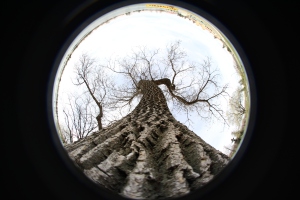
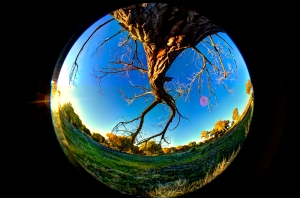
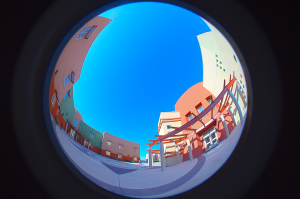
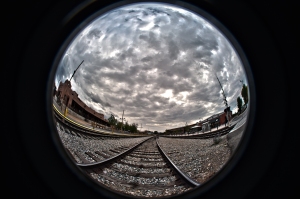
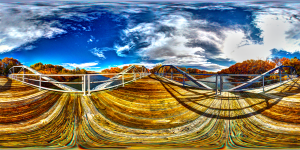
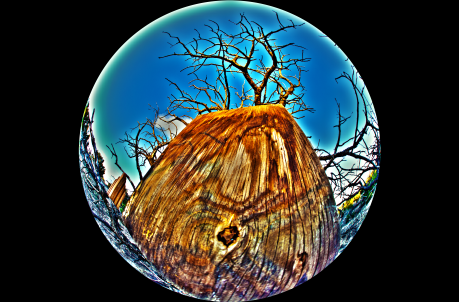
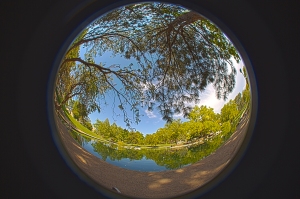

.jpg)

